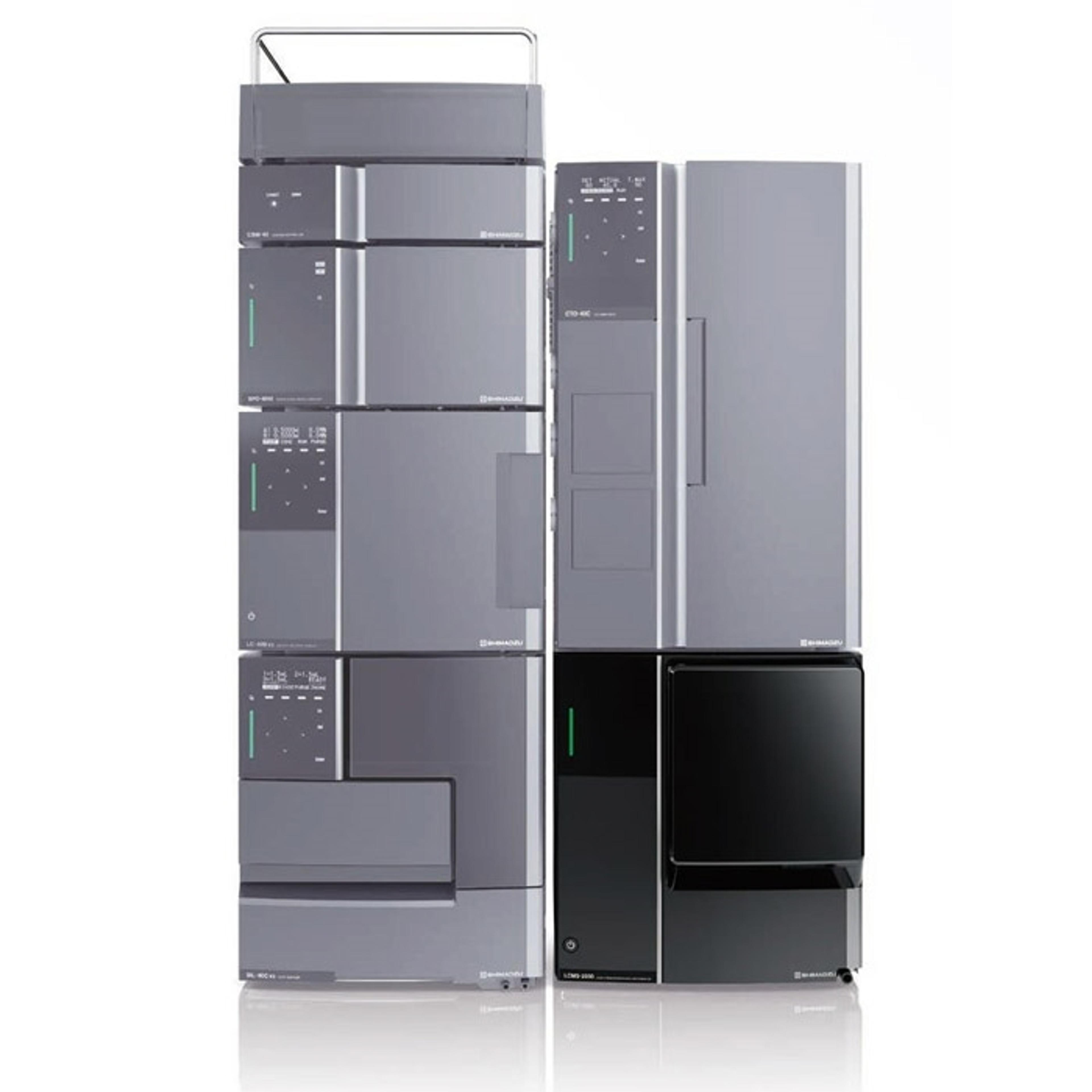Lipid research at UT Southwestern could revolutionize diabetes treatment
Can the science of fats unlock a new avenue in diabetes care? UT Southwestern researchers are finding out
9 Apr 2025

(left) Phillipp Scherer, Ph.D., is a Professor in the Department of Internal Medicine at UT Southwestern Medical Center, and Director of the Touchstone Diabetes Center, (right) Ruth Gordillo, Ph.D., is an Associate Professor in the Department of Internal Medicine and the Director of the UT Southwestern Metabolic Phenotyping Core
In a UT Southwestern Medical Center (UTSW) lab, Prof. Philipp Scherer and Prof. Ruth Gordillo are leading a research effort to answer some of today’s most pressing metabolic health questions. Their research looks at the complicated relationship between lipids, diabetes, and the broader implications for chronic metabolic diseases. This work forms part of a much larger mission to decode the underlying mechanisms of metabolic disorders, and it could lead to breakthrough treatments in healthcare and pharmaceutical research.
The team’s work, based in the Touchstone Diabetes Center, uses advanced metabolomics to study the interactions of lipids with other biological systems, aiming to pinpoint how these interactions might lead to disease. Using state-of-the-art mass spectrometry and imaging tools, Scherer and Gordillo are revealing a new layer of understanding about the role of lipids in metabolic health, work that could inform the next generation of treatments and even preventative approaches for diabetes.
The role of lipid research in metabolic diseases
UT Southwestern has a rich history in lipid research, dating back to discoveries made by Dr. Michael Brown and Dr. Joseph Goldstein, who won a Nobel Prize for their work on cholesterol metabolism. Scherer and his team are extending this legacy by focusing on the links between lipid metabolism, diabetes, and related metabolic disorders. Their work is essential in an age where obesity, diabetes, and cardiovascular diseases are on the rise, collectively referred to as cardio-renal metabolic syndrome.
Diabetes and other metabolic disorders have reached near-epidemic levels worldwide, affecting hundreds of millions and straining healthcare systems. While treatments for managing symptoms have advanced greatly, much about the underlying causes of these diseases remains somewhat elusive. A growing field of research is shedding new light on one promising angle: lipids, which play vital roles in signaling, cellular health, and inflammation – all processes that can contribute to diabetes.
“Metabolism research at large, as it refers to both lipotoxicity and glucose toxicity, has taken a prominent role here,” Scherer explains, highlighting the goal of finding how fat tissue and lipid interactions impact disease progression. The team’s investigation looks into the role of ‘lipotoxic’ effects, where excess lipids accumulate in tissues, disrupting cellular function and contributing to diabetes and related disorders.
Using various preclinical models, Scherer’s team explores these mechanisms, aiming to move insights from the lab into clinical settings. Their research includes tracking lipid metabolites across different tissues and examining how these molecules behave in metabolic syndrome. As Gordillo notes, this work employs “a systems-based approach,” where complex data from various biological ‘omics’ – such as metabolomics and proteomics – are synthesized to reveal a comprehensive picture of disease processes.

Taking a systems-based approach, where complex data from various biological ‘omics’ – such as metabolomics and proteomics – are synthesized to reveal a comprehensive picture of disease processes1
Innovative tools behind groundbreaking research
The lab’s work centers on metabolomics, the study of small molecules and metabolic products within cells and tissues, particularly lipids. This research is made possible by tools like mass spectrometry, enabling high-precision analysis of metabolites in various tissues. Mass spectrometers, such as Shimadzu’s LCMS-8060NX, LCMS-2050, and the iMScope QT, alongside equipment from a range of other manufacturers, play an important role in advancing this research.
With these tools, Gordillo’s Metabolic Phenotyping Core facility can analyze lipids at incredible sensitivity and speed, providing detailed metabolomic profiles for each sample. The LCMS-8060, for example, allows researchers to detect minute changes in lipid levels, a critical factor in studying metabolic pathways. “When there is a very large panel of metabolites, it requires a lot of work on the instrument,” Gordillo explains, noting the support they receive from Shimadzu in optimizing workflows for these extensive analyses. “Especially, we are a fan of these packages in which they provide all the optimum chromatographic conditions, as well as the instrumental parametric conditions,” she says.
This collaboration with Shimadzu is vital because identifying metabolites accurately and efficiently is a major challenge in metabolomics research. Shimadzu’s instruments allow the team to maintain high levels of precision, even with the complex sample matrices encountered in lipid research. Additionally, tools like the iMScope QT, which integrates mass spectrometry with optical microscopy, help the researchers examine lipid distribution in tissues, identifying where and how lipid accumulation might contribute to disease pathology.
Addressing challenges in lipidomics

Chromatographic separations of different lipid classes standards A) Reverse Phase and B) HILIC. Analytical system. Nexera LC-40 UHPLC chromatograph coupled to an LCMS-9030 quadrupole time-of-flight (Q-TOF) (Shimadzu Scientific Instruments, Columbia, MD)
Lipidomics, a subset of metabolomics focused specifically on lipid profiling, presents unique analytical challenges due to the chemical diversity of lipids and their varied roles in cell biology. Scherer’s team often grapple with the availability of lipid standards necessary for accurate quantification, a problem Shimadzu’s standardized workflow packages help mitigate. However, many lipids are still unavailable commercially, or their sheer variety makes obtaining standards prohibitively expensive. Gordillo notes, “In some cases lipids, due to their complexity, are not commercially available.”
Gordillo also employs mass spectrometry imaging (MSI) to examine tissue lipid distribution. Shimadzu’s iMScope QT has been particularly useful in this area, providing high-resolution spatial data without requiring chromatographic separation. Still, imaging presents its own set of challenges. As Gordillo explains, “When imaging, you are interested in something that might have a lower level of concentration, and you have to work it through.” Some molecules require derivatization – chemical modification to enhance detectability – which demands careful optimization and, often, the expertise of organic chemists.
Recent discoveries and the role of new workflows
The Touchstone Diabetes Center’s work on lipid signaling has already returned important discoveries. Recently, the team published a paper in Nature Metabolism describing a molecule called PAQR4, which functions as a ceramide sensor2. Ceramides, a class of lipid molecules, are known to contribute to cellular stress when levels rise abnormally. In a finding that parallels Brown and Goldstein’s Nobel-prize winning work on cholesterol, the UTSW team found that PAQR4 helps regulate ceramide levels within cells, potentially stabilizing or destabilizing ceramide synthesis in response to metabolic stress.
This new insight into ceramide regulation could lead to future therapies that modulate ceramide levels, potentially offering novel treatment avenues for diabetes and other metabolic diseases. “We’re always anxious to take it up to the next level, to the clinical level,” Scherer adds, underscoring the translational aspirations of their research.
Another area of interest is the study of hormone interactions, including GLP-1 receptor agonists and glucagon, in the kidney. This complex research is supported by the precise measurements afforded by the LCMS-8060NX and iMScope QT, helping the team develop robust models of how these hormones influence metabolic pathways. These insights could be pivotal in optimizing treatments for diabetes by tailoring hormone therapies to specific metabolic profiles.
The future of lipidomics and its impact on healthcare
As technology and workflows evolve, Scherer and Gordillo believe lipidomics will become a standard tool for metabolic research, helping the healthcare industry move toward more personalized approaches to treating metabolic diseases. Mass spectrometry innovations are critical to this progress, enabling researchers to analyze hundreds of metabolites simultaneously, which enhances the accuracy and depth of disease modeling.
Scherer emphasizes that, “mass spectrometry-based analysis has advantages that we are only starting to fully appreciate.” Every untargeted metabolomic analysis provides a real wealth of data, unveiling new metabolic components and previously inaccessible correlations. This growing data set allows researchers not only to observe correlations but also to explore causative pathways in lipid metabolism that can be used for therapeutic purposes.
Their work hints at a future where metabolic diseases like diabetes are addressed at a molecular level, with interventions tailored to the specific lipid profiles of individual patients. Untargeted metabolomics can bring researchers closer to understanding the nuances of disease biology and identifying novel drug targets, with each new lipid or metabolite discovered offering a potential pathway for therapeutic intervention.
For Scherer and Gordillo, the mission continues to be clear: to uncover the fundamental biological relationships that drive metabolic diseases and translate those findings into meaningful clinical advances. While challenges in metabolomics persist, especially around the identification of untargeted molecules, the technology and expertise at UTSW offer an expanding frontier for lipid research. With continued support from Shimadzu’s powerful suite of tools, this work has the potential to reshape not just the lab but the very landscape of metabolic healthcare.
References:
- 1. Krumsiek J, Bartel J, and Theis F. Computational approaches for systems metabolomics. Current Opinion in Biotechnology. 2016 June; 198-206(39)
- 2. Qingzhang Z, Shiuhwei C, and Jan-Bernd F, et al. PAQR4 regulates adipocyte function and systemic metabolic health by mediating ceramide levels. nature metabolism. 2024 July 3;1347-1366.
- 3. May-Yun W, Zhuzhen Z, and Shangang Z, et al. Downregulation of the kidney glucagon receptor, essential for renal function and systemic homeostasis, contributes to chronic kidney disease. Cell Metab. 2024 March 5;36(3): 575-597.e7.
- 4. Qingzhang Z, and Scherer P. Ceramides and Atherosclerotic Cardiovascular Disease: A Current Perspective. Circulation. 2024 May 20 ;149(21)


